Portrait of Chieko / 智恵子抄 / Chieko-sho (1967)
Obscure Japanese Film #88
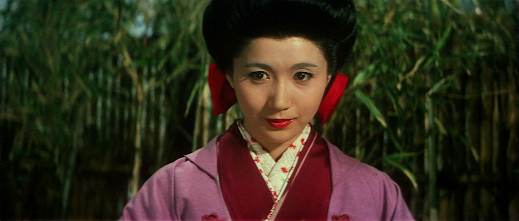 Shima Iwashita
Shima IwashitaThis Shochiku production was based on a 1941poetry collection of the same name by Kotaro Takamura (1883-1956) together witha 1957 novel entitled Shosetsu Chieko-shoby Haruo Sato, which were themselves based on the true story of Takamura’swife, Chieko (1886-1938), a painter and feminist. The story begins in 1911, atime when it was fashionable among the upper-middle class of Japan to cultivatean interest in Western art. Painter and sculptor Kotaro Takamura (TetsuroTanba) has recently returned from studying in Paris when he agrees to take on adisciple, Chieko (Shima Iwashita). The two gradually fall in love and getmarried. Although both are from fairly wealthy families, their chosenoccupation of art means they often struggle to get by. Nevertheless, for thefollowing 20 years they are mostly happy and their love remains undiminished.Then an unexpected tragedy occurs, causing Chieko to receive a severe shock, inthe wake of which she begins to act strangely. It soon becomes apparent thatshe is suffering from the onset of mental illness…
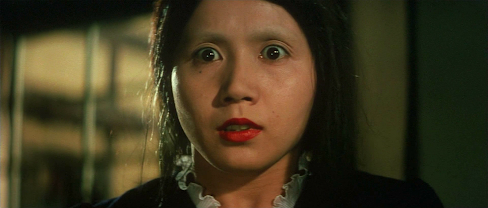 Shima Iwashita
Shima IwashitaBy 1967, sentimental love stories of this sort were becoming a rarity in Japanese cinemas flooded with yakuza flicks and monster movies, but Shochiku must have felt confident enough in the popularity of this particular story to give it the green light – an earlier film had been made in 1957 starring Setsuko Hara and So Yamamura, while there had also been a TV series, a radio drama, a number of popular songsand various books and stage plays based on the lives of Kotaro and Chieko.
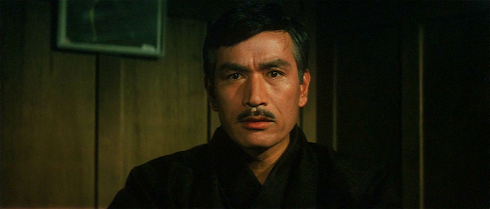 Tetsuro Tanba
Tetsuro TanbaI found the first hourof the film to be a rather bland, picture-postcard type of love story brieflyenlivened by a moment of unintentional humour when an overly-earnest youngartist slashes a painting to ribbons in a gallery, then jumps out the window Father Ted-style. However, it’s mostly amatter of watching Kotaro and Chieko being very happy together, which – let’sface it – is seldom the sort of thing to make for interesting viewing, so thingsimprove dramatically (in both senses of the word) once events take a tragicturn.
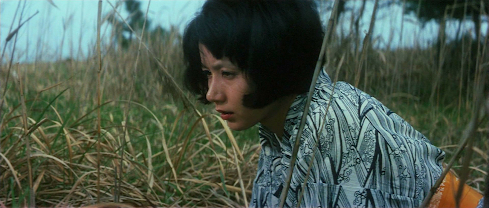 Shima Iwashita
Shima IwashitaThe film’s greateststrength is the performances of Tetsuro Tanba and Shima Iwashita, who are both perfectin their roles, with Iwashita deservedly winning a couple of awards for her highlyconvincing performance in a challenging part, while Tanba is equally good inhis less showy role. Although better known for her collaborations with her director husband, Masahiro Shinoda, this was actually one of ten films that Iwashita made fordirector Noboru Nakamura. The only other one of these I’ve seen is Koto (1963), a superior film to this one(in my opinion).
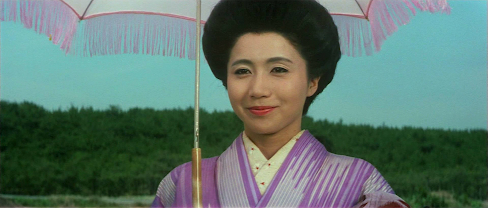 Shima Iwashita
Shima IwashitaPortraitof Chieko was Japan’s entry for the year’s Best InternationalFeature Film Oscar, but lost out to Jiri Menzel’s Closely Observed Trains. It’s hard to argue with the Academy’schoice because, although I found it on the whole to be a well-made and moving film,with decent music by Masaru Sato and cinematography by Hiroshi Takemura, in my view it’s too calculated in itssentimentality to be a great film. The character of Taro ‘the Howling Dog’(Tetsuo Ishidate), the village idiot constantly banging a tin in an attempt tosummon his lost love, I could especially have lived without; the true story ofKotaro and Chieko is already more than sufficiently sad to satisfy the demandsof the most avid tearjerker fan without resorting to such a crude device.
Thanks to rarefilmm for making this available here.



